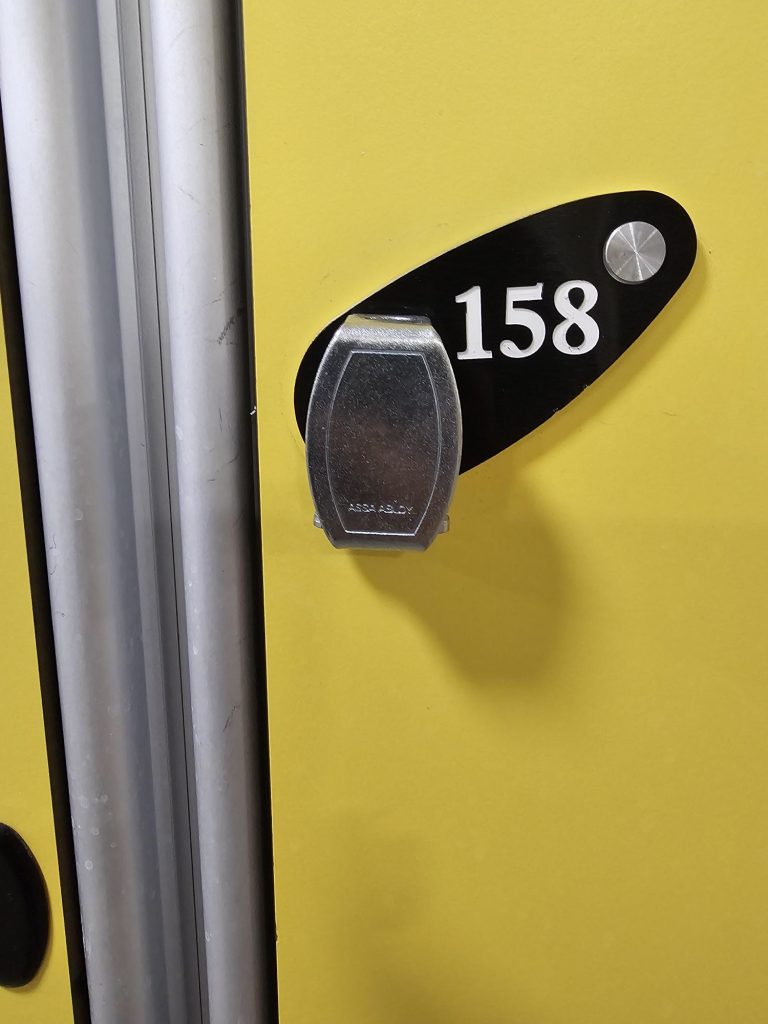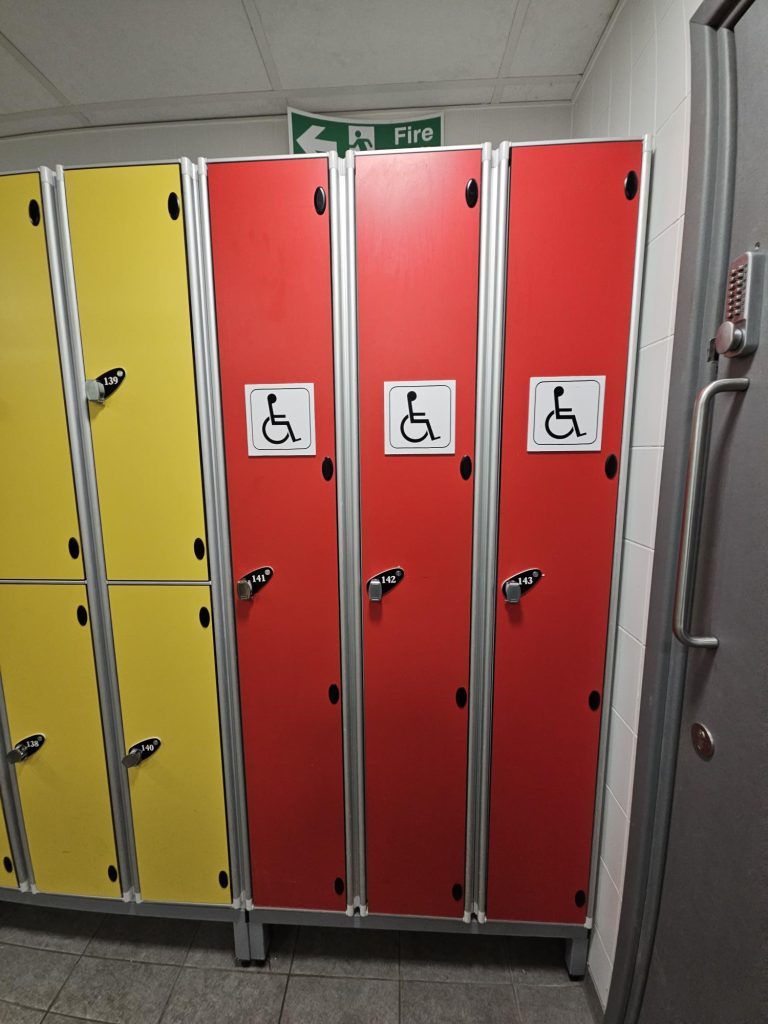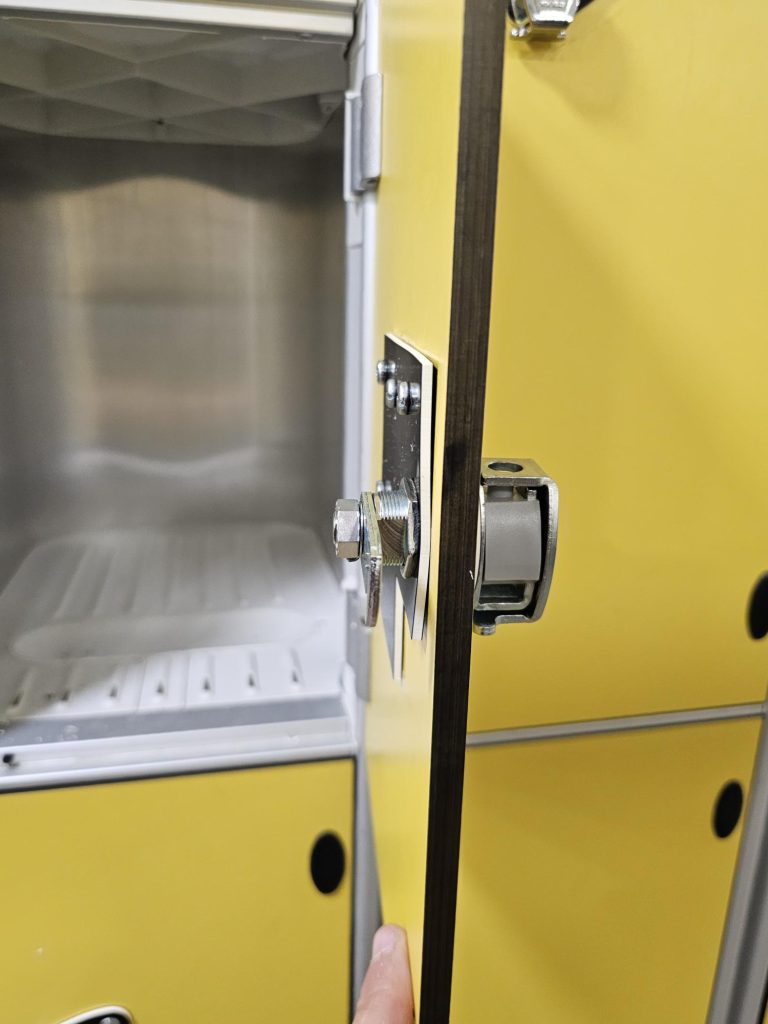Hasp Lock Conversion Total Locker Service
August 14, 2024
From Coin Locks on Helmsman System 2200

Hasp Lock Conversion: Total Locker Service provides a range of locker solutions tailored to meet various security and convenience needs. One of the tasks often required by facilities is the conversion of existing locker systems to newer or more secure locking mechanisms. This guide explores the process of converting coin locks on a Helmsman System 2200 locker to hasp locks. The goal is to ensure that the transition is smooth, efficient, and beneficial for users.
Overview of the Helmsman System 2200
The Helmsman System 2200 is a well-regarded locker system found in various facilities. It has been used extensively due to its reliability and durability. However, some systems originally came with coin locks, which might not meet current security or operational needs. Coin locks, while functional, can be cumbersome and may not offer the flexibility that hasp locks provide.
Understanding Hasp Locks

Hasp lock are a type of locking mechanism that involves a metal plate and a lock. The plate is attached to the locker door, and the lock secures it through a hasp, which is a hinged metal strap. Hasp locks are favored for their strength and ease of use. They provide a high level of security and are generally easier to manage than coin-operated locks.
Benefits of Hasp Locks
- Enhanced Security: Hasp locks are robust and resistant to tampering. They provide a higher level of security compared to coin locks.
- Ease of Use: With hasp locks, users do not need to carry coins or tokens. This convenience simplifies locker use and reduces user frustration.
- Cost Efficiency: Maintaining and operating hasp locks can be more cost-effective over time. There are fewer moving parts compared to coin mechanisms, leading to lower maintenance costs.
- Versatility: Hasp locks can be adapted to various types of lockers and are suitable for both high-security and general use applications.
Conversion Process: Step-by-Step
Assess the Existing System
Before beginning the conversion, it is essential to evaluate the current Helmsman System 2200 setup. Document the type and condition of the existing coin locks. This information will help in selecting the appropriate hasp lock and ensuring compatibility.

Gather Necessary Tools and Materials
To convert from coin locks to hasp locks, you will need the following:
- Hasp locks suitable for the locker dimensions.
- Screwdriver and screws.
- Drill (if new mounting holes are needed).
- Measuring tape.
- Safety gear (gloves, goggles).
Remove Existing Coin Locks
Carefully remove the coin locks from the lockers. This typically involves:
- Unscrewing the coin lock mechanism from the locker door.
- Removing any remaining parts or debris.
- Checking the locker door for any damage or residue that needs to be cleaned or repaired.
Prepare the Locker for Hasp Lock Installation
Once the coin locks are removed, inspect the locker doors for compatibility with hasp locks. If necessary, drill new holes to accommodate the hasp lock. Ensure that the locker door and frame are properly aligned and that there are no obstructions.
Install Hasp Locks
Install the hasp locks according to the manufacturer’s instructions. This usually involves:
- Attaching the hasp plate to the locker door using screws.
- Ensuring that the plate is aligned properly to secure the lock.
- Installing the locking mechanism in the designated position.
- Testing the lock to ensure it functions correctly.
Test the Conversion
After installation, test each locker to verify that the hasp locks operate smoothly. Check for proper alignment and functionality. Ensure that the lock secures the locker door effectively and that the key or combination works as intended.
Provide User Instructions
Inform users about the new hasp locks and provide instructions if necessary. This could include:
- How to use the new lock system.
- How to obtain or manage keys if applicable.
- Contact information for support in case of issues.
Potential Challenges
While converting to hasp locks is generally straightforward, there can be challenges:
- Compatibility Issues: Ensure that the hasp locks fit the existing locker dimensions and mounting points.
- Installation Difficulties: If lockers are old or have irregular shapes, adjustments may be necessary.
- Cost of Conversion: Depending on the number of lockers, the cost of purchasing and installing hasp locks can be a factor.
Conclusion
The conversion from coin locks to hasp locks on a Helmsman System 2200 locker system offers significant benefits in terms of security and ease of use. By following the outlined steps, the process can be managed efficiently and effectively. Ensuring that all lockers are converted properly and that users are informed will lead to a successful transition. Hasp locks not only enhance the functionality of the locker system but also contribute to a better user experience overall.
This conversion project, while requiring careful planning and execution, will ultimately provide long-term advantages in terms of security and user satisfaction. With the right approach and attention to detail, the switch from coin locks to hasp locks can be a smooth and successful upgrade.
Discover more from Blog Total Locker Service
Subscribe to get the latest posts sent to your email.